Toolkit

How we appear in the world reflects who we are
Our visual identity is the foundation for all our communications, reaching people at every touchpoint with the university. Used consistently, it ensures that we are instantly recognizable as an inspiring place where curiosity and initiative lead to ideas that change the world.
UBC’s brand visual elements — our logo, wordmark, signature, typography and colours — help tell our story in a collective voice to inspire, motivate and reflect our brand.
Key Considerations
Key Considerations for Visual Identity
Our logo, signature, typeface and brand colours anchor UBC’s visual identity.
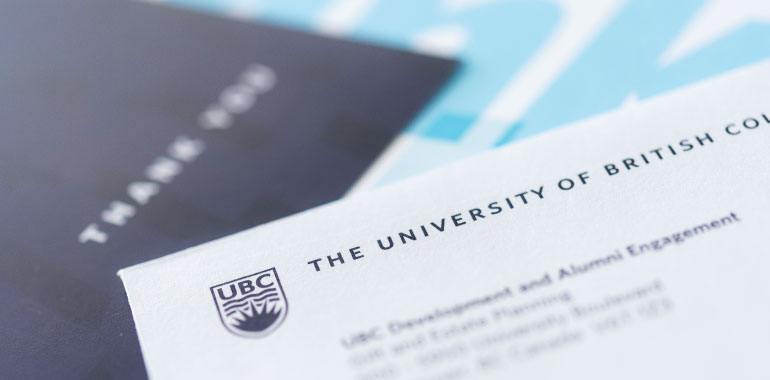
Consistency strengthens UBC’s presence in the world. Our work should be instantly associated with the UBC brand wherever it is experienced.
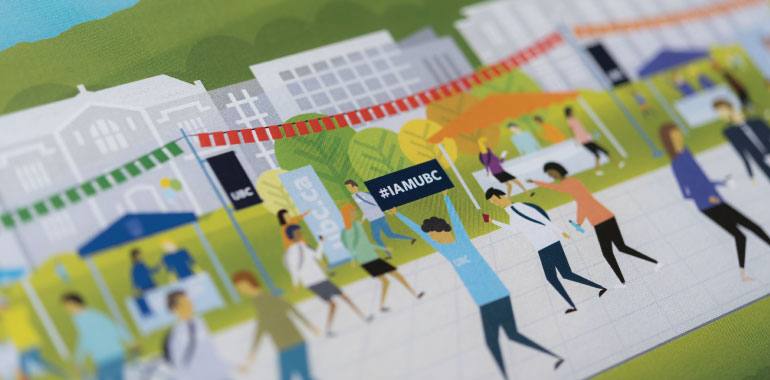
Each medium, such as print, web, or outdoor signage, has its own specific considerations, advantages and limitations. Create and plan content to optimize its presentation and distribution.
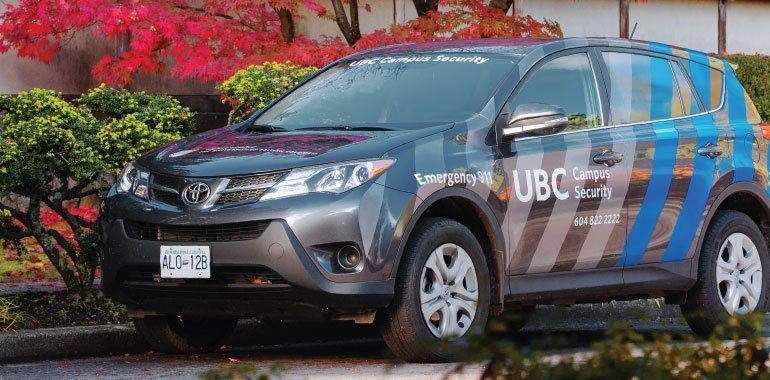
For many design-related projects, there are UBC brand templates available in the downloads section of the brand site. We strongly recommend you use these templates for your brand communications.
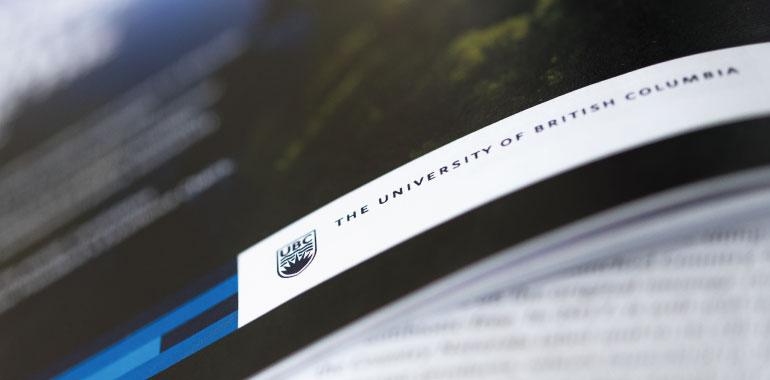
Your content should reflect your audience. For example, formal communications should have a more conservative layout and colour palette, whereas material aimed at students can be more fun or “out of the box.”
Rules
Rules
Project Planning Tips
Project Planning Tips
Make the most out of your project. Here are some strategies that we think will help you.
Downloads
Downloads
UBC Logos
The visual building blocks of the UBC brand. Here you will find the official UBC logo, signature options and the core elements that make up our visual identity.

Print and Presentation Templates
Please use these templates when you are printing materials or presenting as a UBC staff, faculty, or officially on UBC’s behalf.
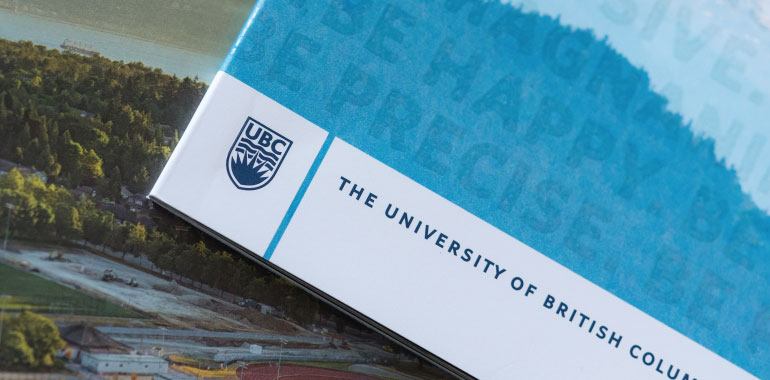
Advertising Templates
External communications always require careful consideration. Please use these official templates for any advertising you will be publishing.

Order Stationery
Official UBC stationery items, including business cards, letterhead, envelopes, and Word templates, are available for all UBC faculty and staff.
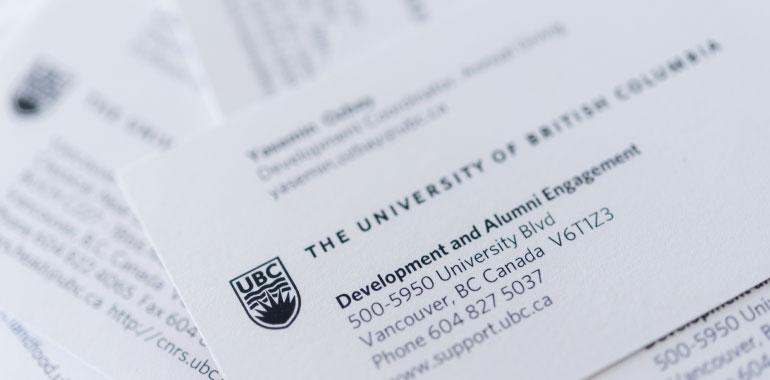
Request our institutional typefaces
UBC has license packages of our institutional fonts that are available to all UBC faculties and units for free. To acquire a font package, please fill out the following request form.

Training
Training
Opportunities to gain new insights and communication skills, whether you are a new or seasoned communicator, are always available to you at UBC.
Upcoming Workshops
CreativeMornings Vancouver
Registration is free. You must sign up on the ticket lottery for each talk.
Needing some creative inspiration in the morning? Sign up for a CreativeMorning talk. Past speakers have included a shoe designer, a chocolatier, and a Whitecaps FC player. The Vancouver chapter of CreativeMornings is organized and hosted by Mark Busse (MarkBusse.ca) and his dedicated team of volunteers as a creative community engagement initiative of the BC chapter of Graphic Designers of Canada (GDC).